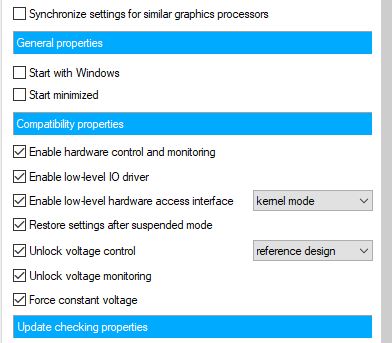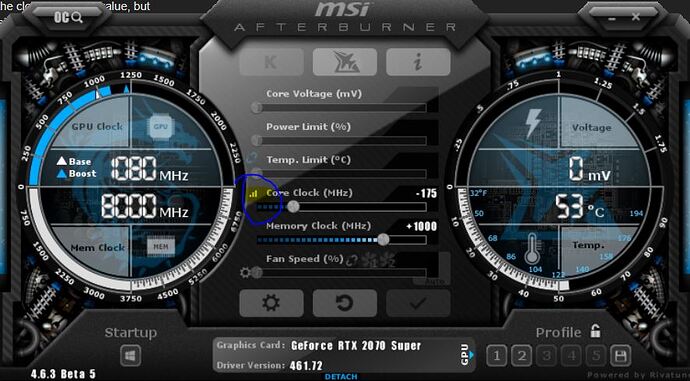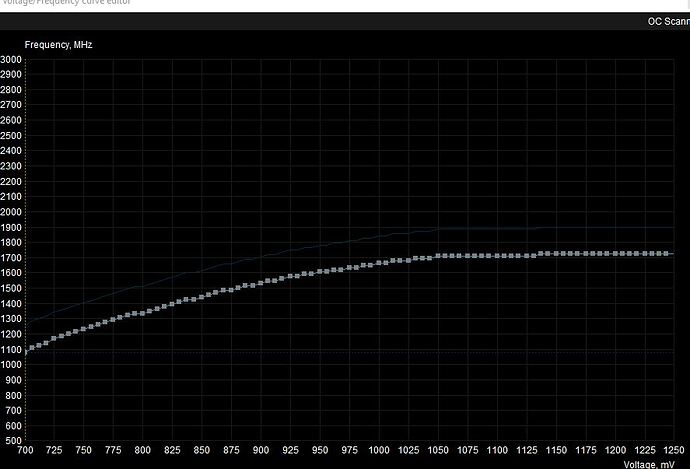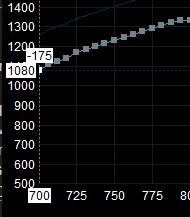Well, everyone has their own ways of overclocking and undervolting their hardware. If you do a -200 for example you are setting the core clock to whatever he driver or the card decides and reduce it by 200. When you set it to a clock like in my case 1155 have os will set the core clock to 1155Mhz which means its static and won’t change. I personally thinks this helps with a very stable hashrate and thats why i don it but it may be different for different cards.
If one undervolts a card and the card decides to lower the core clock or when it fluctuates a fair that can result in invalid shares when one sets it to as specific core it just ensures the core is not going to draw more power and that leaves the memory to be in a stable state incase the core draws too much because of a boost which can lead to heating and in that case vram will not have to compensate for the power deficiency.
I am not very good at explaining but if you think of the power as a pool and have two resouces using it the that being the core and VRAM one draws too much performance on the other will to degrade.
Now this only works if you know what is the best value for your hardware, set the core clock to low and you will loose hashrate and increase your power usage set to high and it will not have much effect if its not possible to reach in the set power limit.
From my experience anything above 189 in hiveOS has no effect unless you set it to above the minimum of your core clock and then it sets your core clock as static.
Not sure if i explained it good enough but this is all based on my experience and knowledge that i accumulated over the past few months.




 don’t know why, but something triggers dynamic mode.
don’t know why, but something triggers dynamic mode. What the hell? Something’s not working, maybe after recent Hive updates.
What the hell? Something’s not working, maybe after recent Hive updates.
